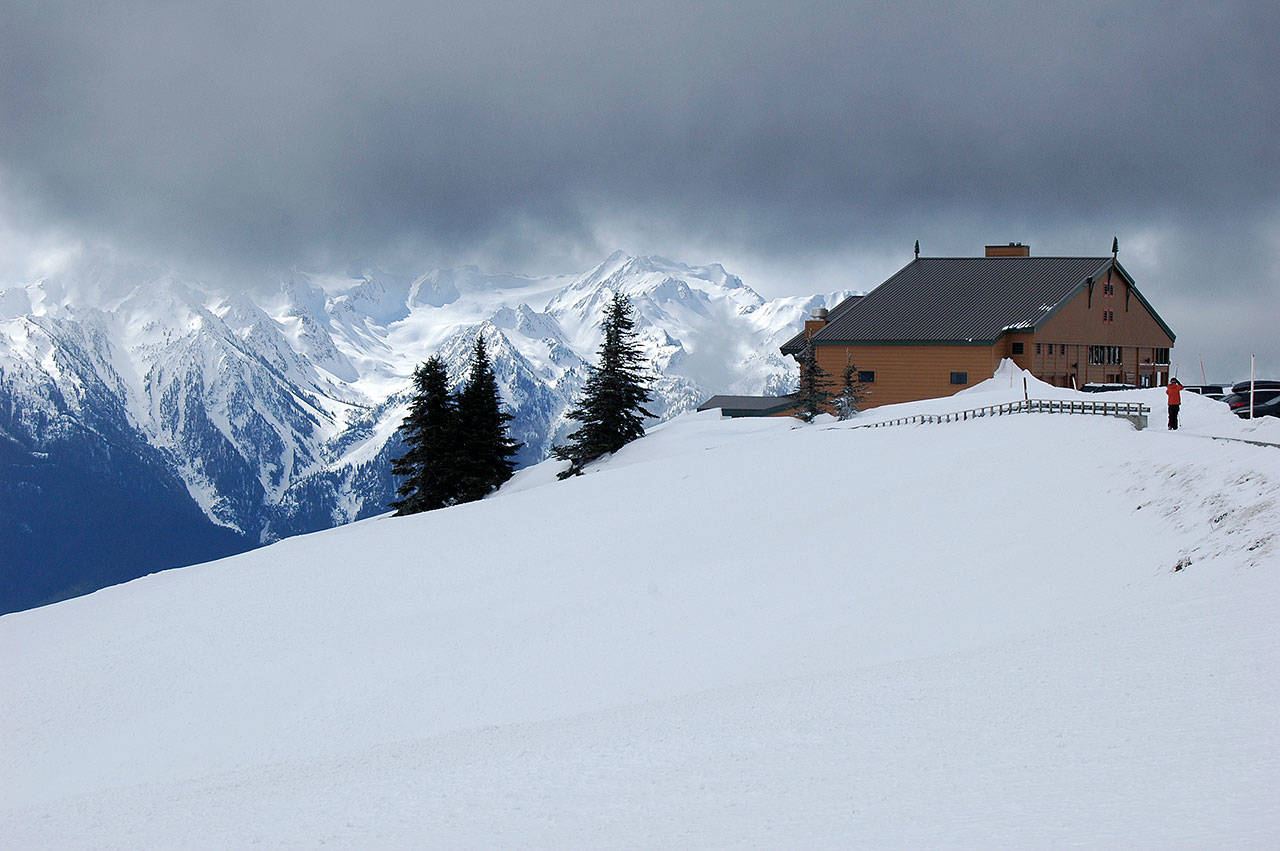MOUNT VERNON — An above-average winter snowpack is holding firm in the Olympic Mountains, a water supply specialist said.
Olympic snowpack was 112 percent of normal as of Friday, according to the U.S. Department of Agriculture’s Natural Resource Conservation Service.
Normal is defined as the median snowpack from 1981 to 2010.
Barring a rapid melt-off in the coming weeks, the existing snowpack should provide enough water for people and fish to make it though the dry season, said Scott Pattee, water supply specialist with the Natural Resource Conservation Service in Mount Vernon.
“Unless something really drastic happens,” Pattee said, “we should have plenty of water.”
About 80 percent of the water that flows in rivers and streams during the summer comes from snowmelt, Pattee said.
The first of April is considered a benchmark for snowpack, a transition time when “what we have is what we have,” Pattee said.
As of Friday, snowpack was above normal in the Olympics and every basin in the Washington Cascades except the upper Yakima, which had a 99-percent snow water equivalent.
“It’s a good year, a little-bit-above-normal year,” Pattee said.
“It’s certainly better than the last two years.”
A dismal snowpack in the winter of 2014-15 led to water shortages and fishing restrictions in parts of the North Olympic Peninsula.
A solid snowpack that built up in the winter of 2015-16 quickly melted in the early spring.
“Everything started melting out very, very rapidly,” Pattee said. “That’s what really put us into a scary situation.”
The National Weather Service’s Climate Prediction Center forecast a probability for normal temperatures in the Pacific Northwest throughout the next month.
Snowpack is the measurement of the amount of water contained in the snow, not the depth of snow.
Olympic snowpack is calculated at four telemetry sites operated by the Natural Resources Conservation Service.
As of Friday, the snowpack at the 5,010-foot Waterhole site near Hurricane Ridge was 118 percent of normal, with 42.3 inches of water trapped as snow.
Snowpack at the 3,960-foot Mount Crag telemetry site in East Jefferson County was 103 percent of normal with 29.3 inches of water in snow.
The 4,010-foot telemetry site in the upper Dungeness River basin has been experiencing technical problems and was not used in Friday’s basin-wide calculation.
As of last report Tuesday, the Dungeness site had a 153-percent snowpack with 9 inches of water in the snow.
“It was way above normal for most of the winter,” Pattee said of the Dungeness site.
The 4,870-foot-high Buckinghorse site in the upper Elwha River watershed is too new to be used in historical averages, Pattee said.
Buckinghorse had 55.8 inches of water in its snowpack Friday.
Like most of the state, the Olympic snowpack was at or above normal throughout the winter.
Olympic snowpack was 126 percent of normal Jan. 1, 104 percent Feb. 1 and 107 percent March 1, according to USDA data.
________
Reporter Rob Ollikainen can be reached at 360-452-2345, ext. 56450, or at rollikainen@peninsuladailynews.com.

